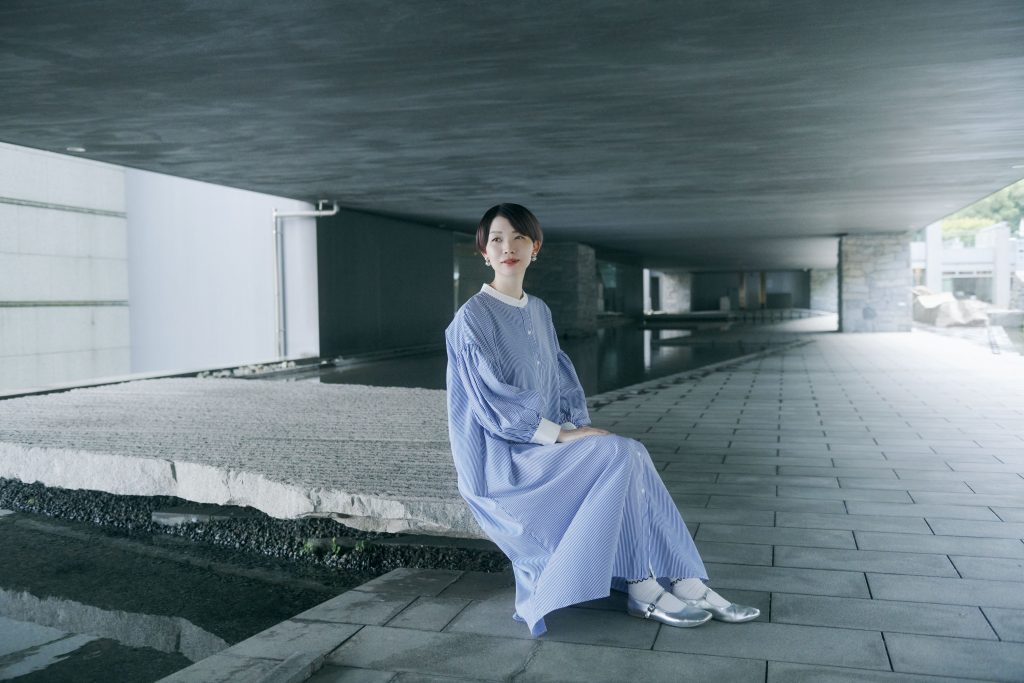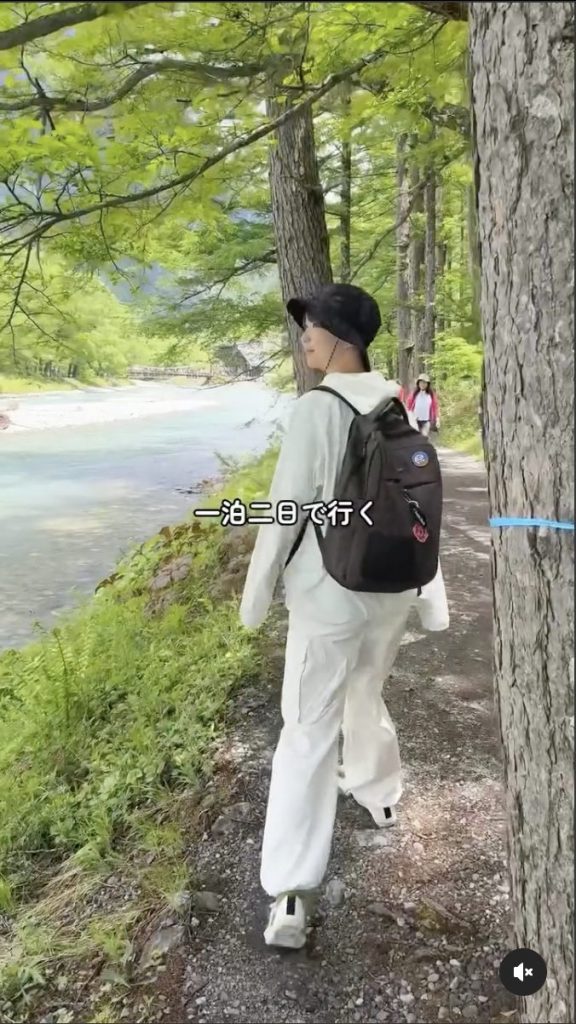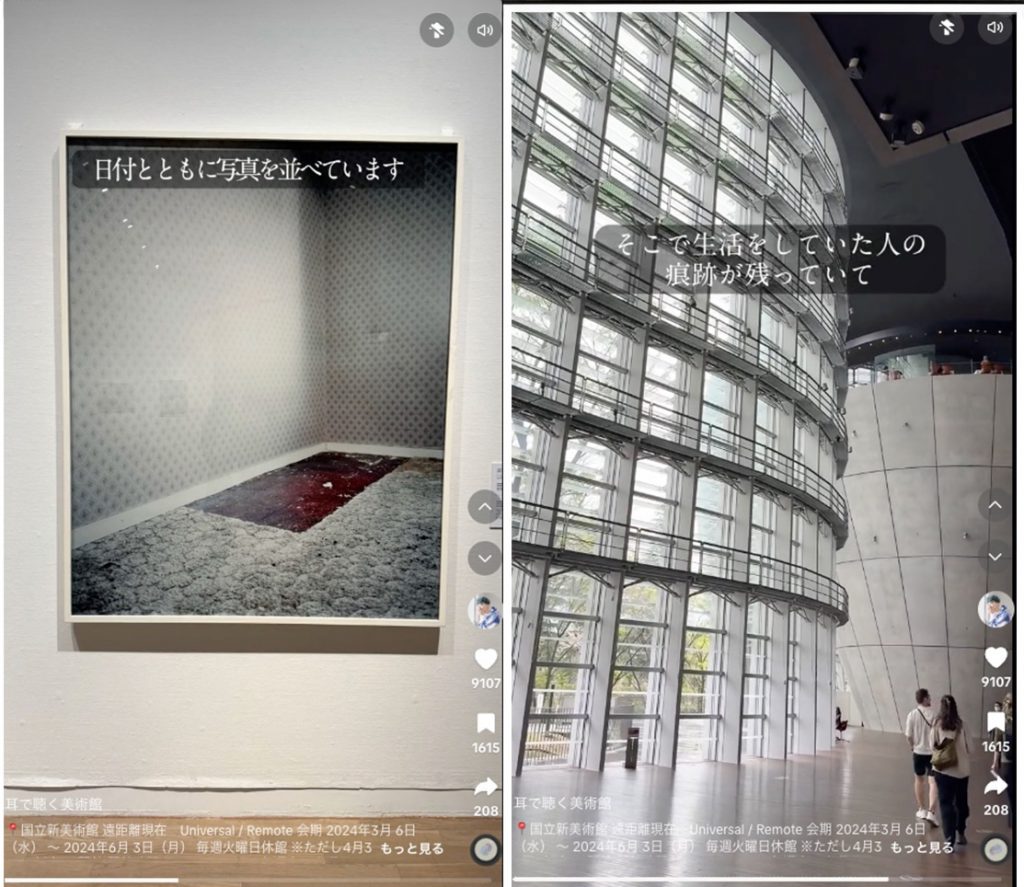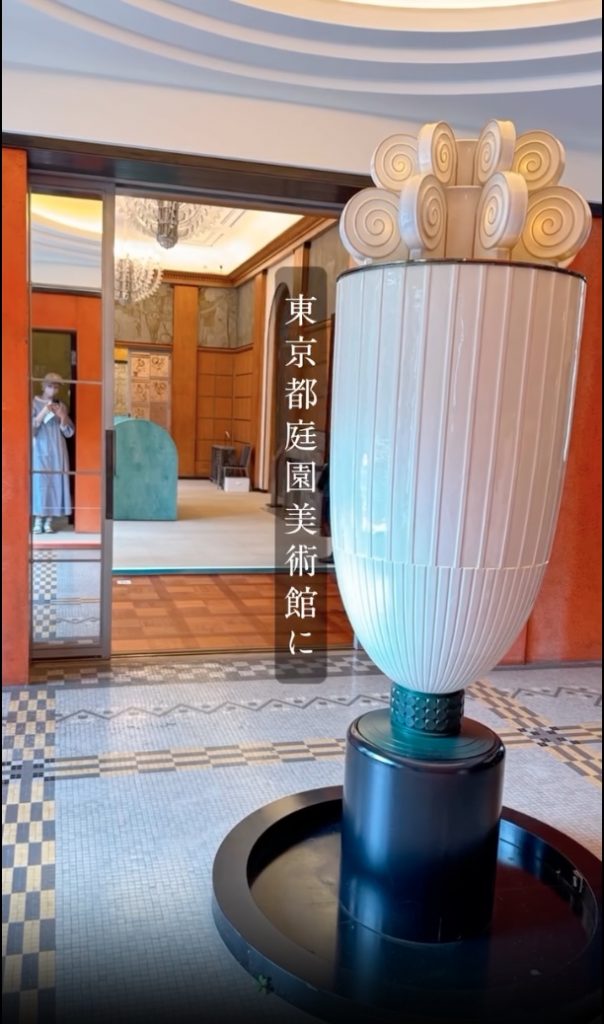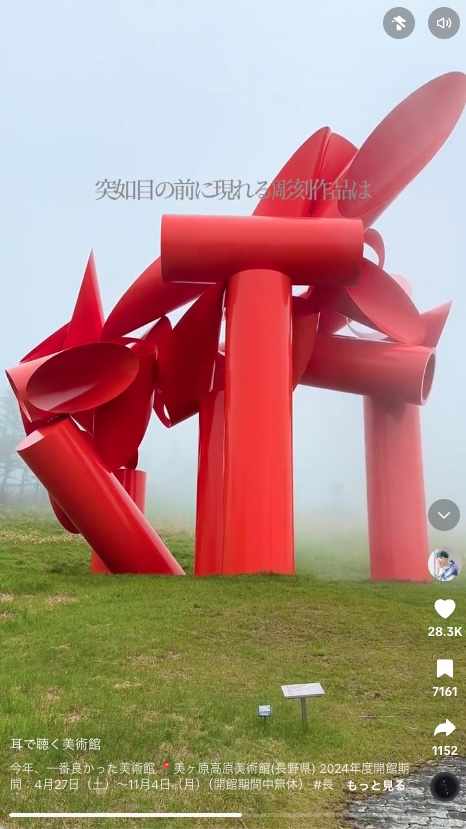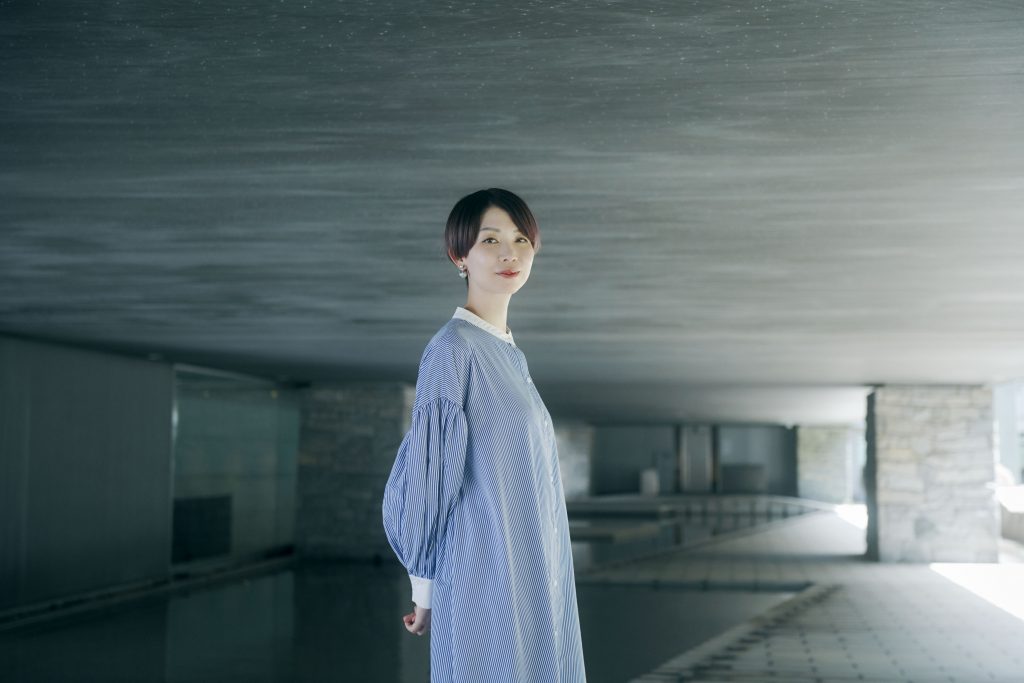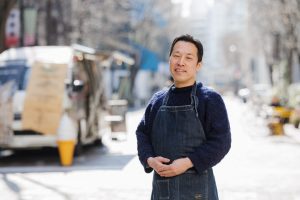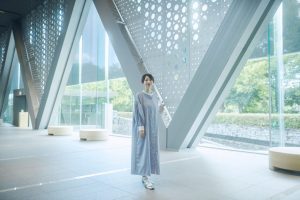──When watching your videos, I wondered how you decided which works to feature and which points to highlight. For example, when you create a video for an exhibition at someone’s request, do they give you specific requirements?
Most of the time, I receive almost no requirement and can produce videos freely. This is not limited to the art field, but it seems to be a common courtesy among clients to let short video creators do their work as they please. If they try to meet all the client’s demands, it can compromise their personal style of expression. When there’s something wrong in videos, viewers can sense that “it’s not the same as usual.” When I create videos, I focus on how to pique interest among those who may not have any background knowledge in art.
──It’s important to convey your messages within the short time frame unique to a short video. Are there any techniques you use to achieve this?
Short videos are something you watch without really watching. They say capturing attention in the first second is crucial in a stream of content. In my case, I try to prevent my videos from being skipped, even by those who may not be interested in art. For example, I might start a video with a travel or fashion element. The idea is to draw viewers in with something they like, and before they know it, they find themselves in the world of art. The videos I’m really up against are of dogs, cats, and cooking.


